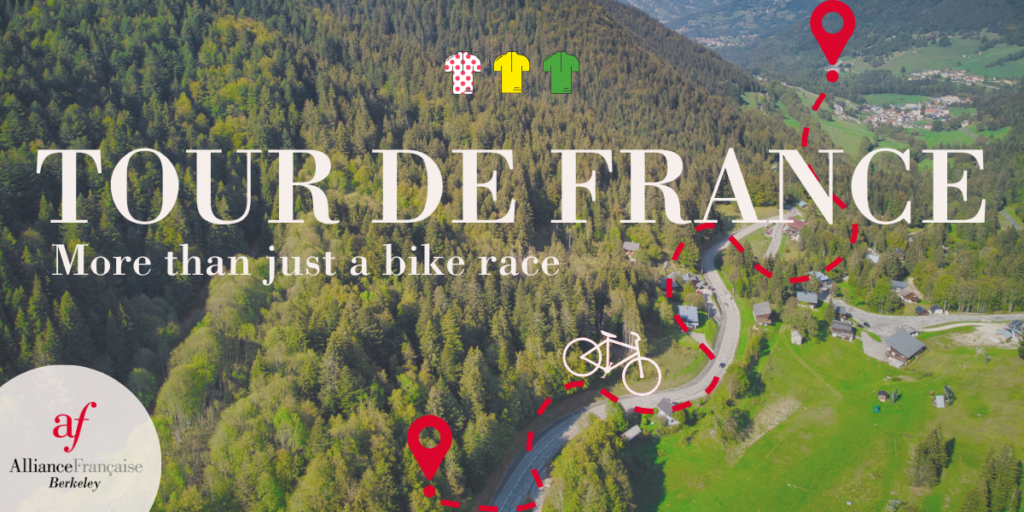Tour de France: More Than Just a Bike Race

Every July, like clockwork, cyclists from around the world line up for one of the most grueling and beloved sporting events on Earth: the Tour de France. Over about 20 days and roughly 3,500 kilometers, they push the limits of endurance, teamwork, and strategy on roads that wind through plains, mountain passes, and bustling cities.
But how did this iconic race come to be, and why does it still capture the world's attention more than a century after its creation?
A Race Born from a Newspaper
The Tour de France began as a marketing stunt. In 1903, the French sports newspaper L’Auto, known for its coverage of cycling and automobile sports, faced stiff competition from its rival Le Vélo. To reassert its dominance, editor-in-chief and former cyclist Henri Desgrange came up with a bold idea: create a multi-day cycling race that would showcase both the athletes and, most importantly, the newspaper.
The first edition was nothing short of epic. Sixty cyclists, mostly amateurs, rode day and night through incredibly harsh conditions. Only 21 riders completed all the stages — some got lost, others were injured, and the organization was far from the well-oiled machine it is today.
Still, the public loved it. Except for interruptions during World War I and World War II, the Tour has taken place every single year since.
The Modern Tour: A Global Spectacle
Today, the Tour de France is a massive sporting and media event, broadcast in over 190 countries and watched by millions of viewers worldwide. It is often described as the third-largest sporting event in the world, after the Olympics and the FIFA World Cup.
The modern race comprises 22 teams, each with 9 riders, featuring 3 types of stages: flat stages, mountain stages, and time trials, and a total distance of up to 3,500 kilometers, roughly equivalent to the distance between New York and Las Vegas.
The yellow jersey, worn by the race leader, first appeared in 1919 and matched the color of L’Auto’s pages — a bright and brilliant way to promote the newspaper. Other iconic jerseys include the green jersey for the best sprinter and the polka-dot jersey for the best climber.
The Tour even ventured outside of France as early as 1907, with a stage in Metz, which at the time was part of Germany.
Enthusiasm and Economic Impact
The Tour isn’t just a race; it's an (inter)national celebration. One of the most beloved aspects of the event is the “Caravane” — a vibrant parade of sponsors that rolls through each stage route ahead of the riders, throwing out souvenirs and entertaining the crowds. Everyone would love to catch a Cochounou bucket hat.
Host cities also reap significant benefits. While hosting an étape (stage) can cost anywhere between €60,000 and €120,000, the return on investment, through tourism, hospitality, and media exposure, can be far greater. Many cities see the Tour as a valuable economic opportunity and a source of local pride.
The Women’s Tour: A Long-Awaited Return
For years, women’s professional cycling had little exposure compared to the men’s race. However, in 2022, the Tour de France Femmes officially relaunched, providing elite female cyclists with a world-class platform and attracting millions of new fans. It's a significant step toward greater gender equality in sports and a long overdue recognition of women’s incredible athleticism and dedication.
The Tour de France is more than a race. It’s a living piece of French culture, a symbol of endurance and ambition, and a festival that brings people together — whether they’re watching by the roadside or tuning in from across the globe.
So this July, don’t miss the chance to experience a piece of history in motion. The 2025 Tour de France kicks off on July 5 in Lille and finishes on July 27 in Paris. And who knows? It might just inspire your next bike ride.
An article by Audrey Veyssiere
Découvrez le travail de la photographe Bénédicte Lassalle qui a traversé la France à vélo et a présenté son livre à l'AFB.
